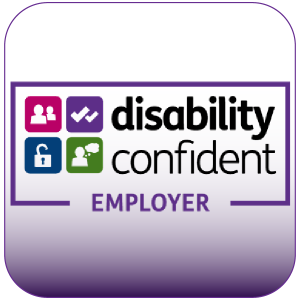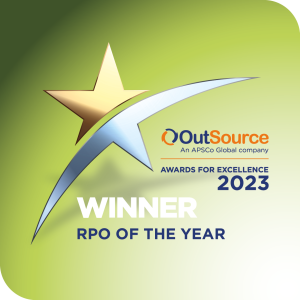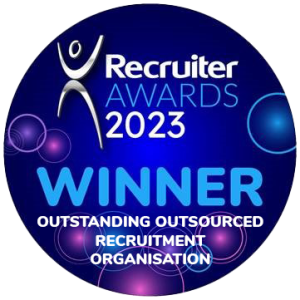In April, the Office for National Statistics reported that 47 per cent of people in employment carried out a portion of their work at home, with 86 per cent doing so as a direct result of the coronavirus pandemic.
Now, as more businesses make the permanent transition to remote working practices, the traditional candidate journey is no longer fit for purpose. With the quality of a candidate’s experience determining whether they choose to take on a role, employers must adapt their processes now to ensure they deliver a straightforward and positive journey for all applicants.
Communication is still key
Now more than ever, clarity and communication go a long way for candidates. In short, don’t leave them hanging at any point in the process. Of course, making contact with applicants at every recruitment touchpoint is a given, whether that’s via phone or video call, but don’t neglect in-direct communication. Regular posting on social media channels or the company website via blog posts and news will reassure candidates that your business is still active, which is particularly important during uncertain times.
Keep it personal
Just because meeting candidates face-to-face is off the table doesn’t mean that employers can’t add the human touch to their recruitment process. Of course, digital tools can ensure communications can be personalised and automated at all stages of the journey, but with intent and emotion sometimes lacking in written communications, it’s imperative to conduct voice and video interactions where possible. Nothing can replace hearing a real voice, especially when it comes to reassurance, so employers should make it abundantly clear that there’s a person who is contactable should they have any questions or concerns.
Virtual doesn’t mean static
When it comes to interviewing and onboarding candidates, employers shouldn’t feel limited to carrying out video calls from behind a desk. An effective way to communicate corporate culture is by offering candidates a virtual tour of the workplace (even if they will be working remotely) or a meet and greet with key future colleagues. If such a ‘walkabout’ isn’t possible, employers could create a corporate video that provides a peek behind the curtain so candidates can decide whether it’s an environment and team culture they want to be part of.
And even if you want to keep it simple and conduct video interviews, please DON’T (yes we are shouting) have panel members attend an interview and then turn off their cameras and not engage in the interview. We’re hearing a lot of this at the moment from candidates, and there is nothing more off-putting and potentially damaging to your candidate experience than a disengaged hiring manager.
Home onboarding
Transitioning a candidate to an employee is a crucial aspect of the overall experience, setting the tone for a person’s time with your company. With many new hires starting remotely, companies should work out how to handle that transition in a seamless and welcoming manner. A huge part of this is ensuring the employee has all of the items they need for their first day sent to their home address. Alongside any necessary tech, such as a laptop or phone, employers should include branded materials to make the employee feel part of the team, whether that’s something to make home working more comfortable or a treat they can enjoy when off-duty.
Developing a well planned onboarding/induction that covers both the formalities and necessary compliance, IT, role specific training; and gives access to their peers and wider colleagues in your business is more important than ever. We know the first 30 days is critical to both productivity and engagement to ensure an employee feels truly part of your organisations culture, so getting this right in our new world will take time and effort but will mean you don’t end up at the hiring stage again when the new employee checks out.
Help is at hand
The team at Omni RMS are experts in refining employer brands and the candidate experience. We can help you audit and improve your digital applicant journey, ensuring it’s a positive and seamless process from start to finish.
Additionally, our Adapting to Agile blog series explores how organisations can maximise business agility through effective talent management. Our experts explain how businesses can gain a complete understanding and take control of their talent supply, including:
- Establishing an employer brand and Employee Value Proposition (EVP)
- Building a robust contingent workforce strategy
- Identifying talent strengths and gaps
- Forecasting future skills needs in the business
- Developing collaborative partnerships that deliver
Stay tuned to the Omni blog to find out more. Coming soon: Our comprehensive guide Adapting to Agile: The Flexible Solutions You Need to Ease Business Recovery.




